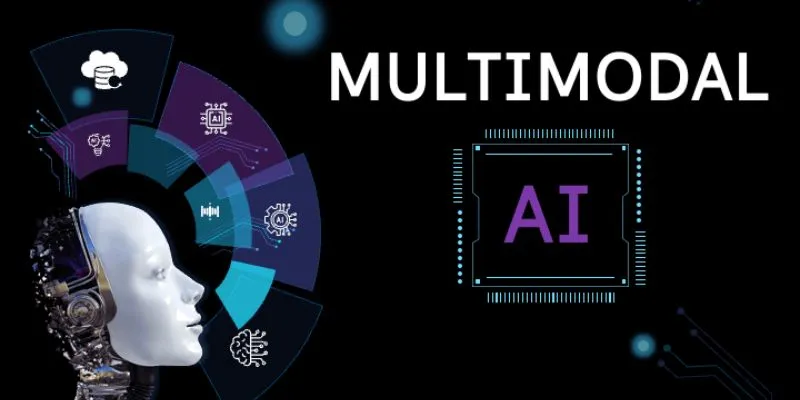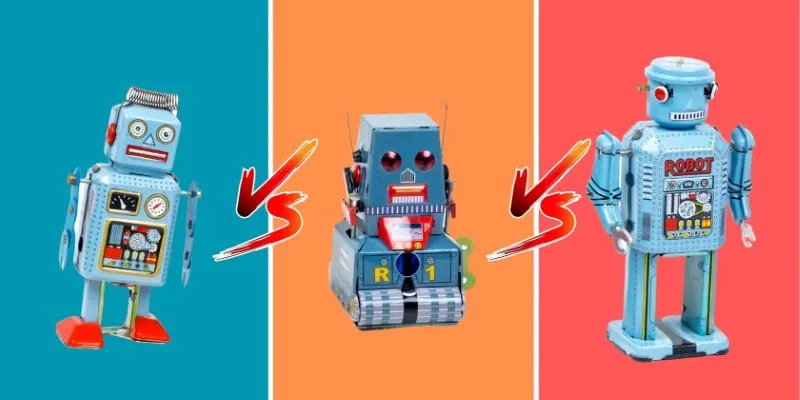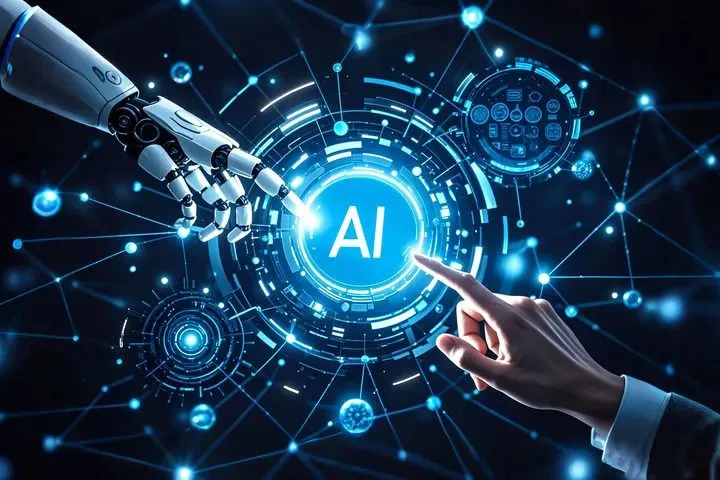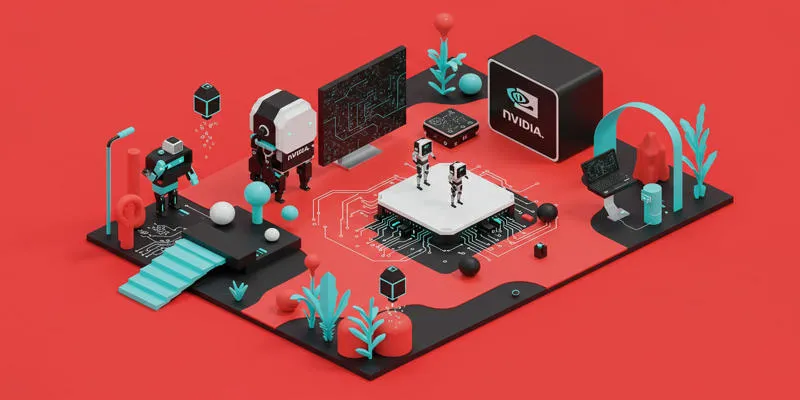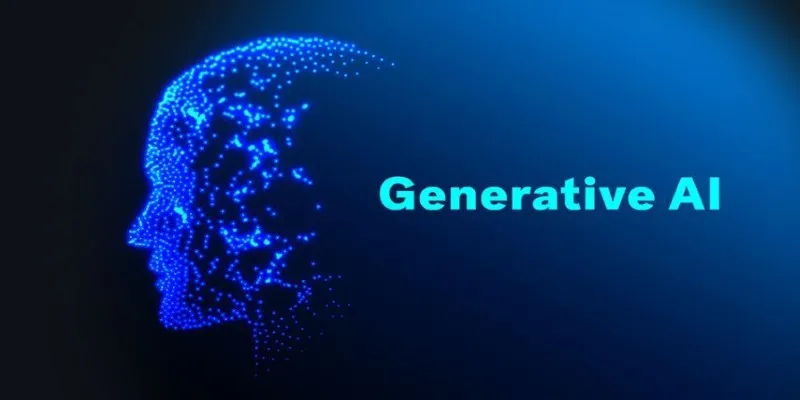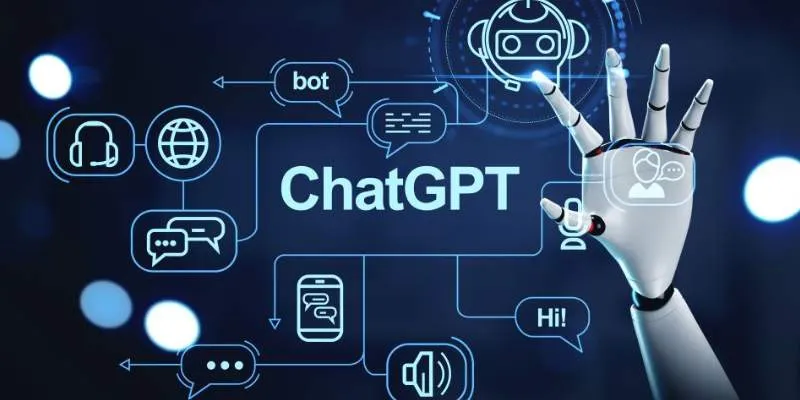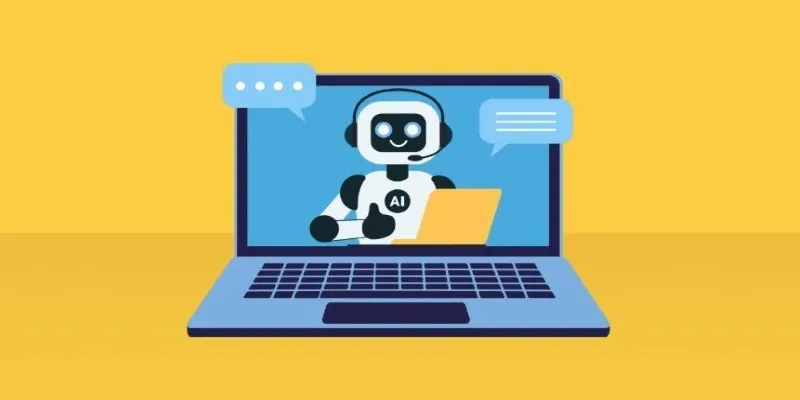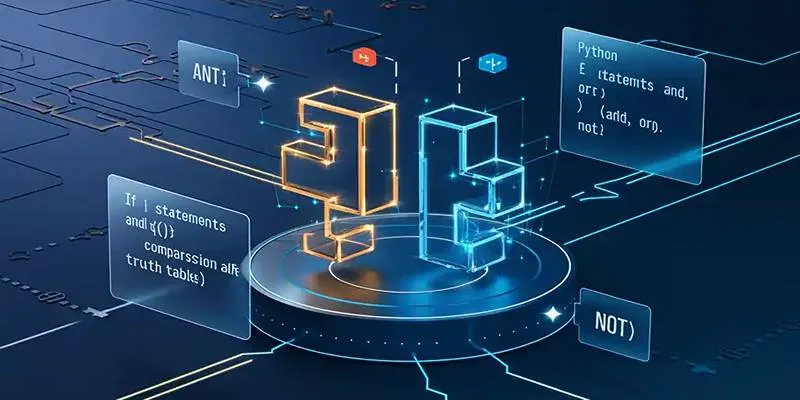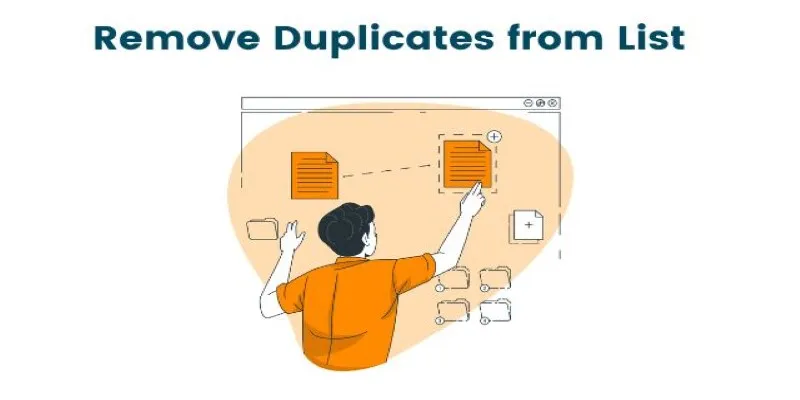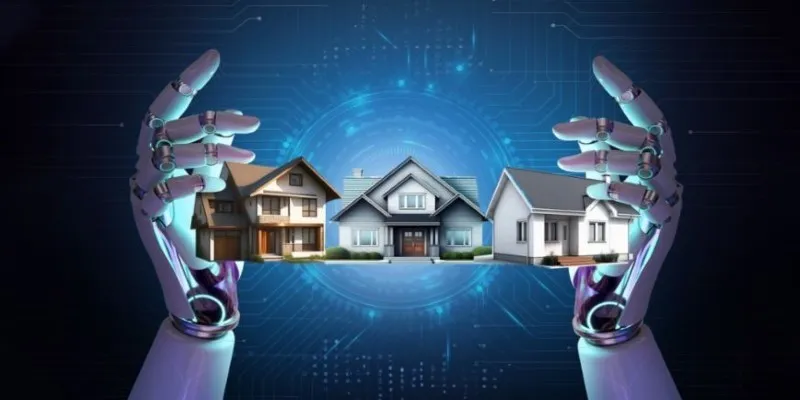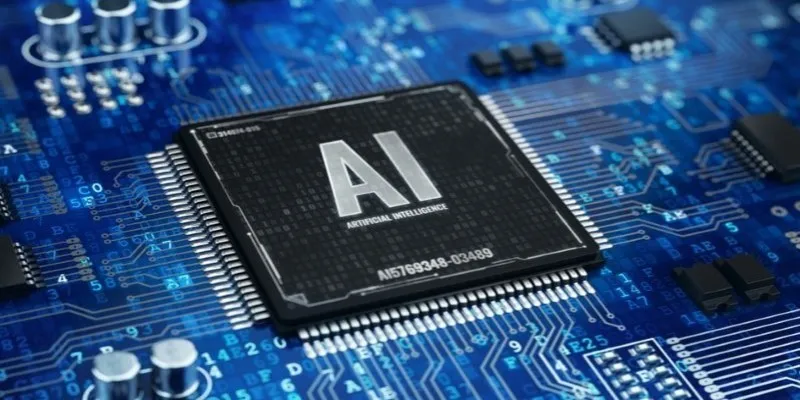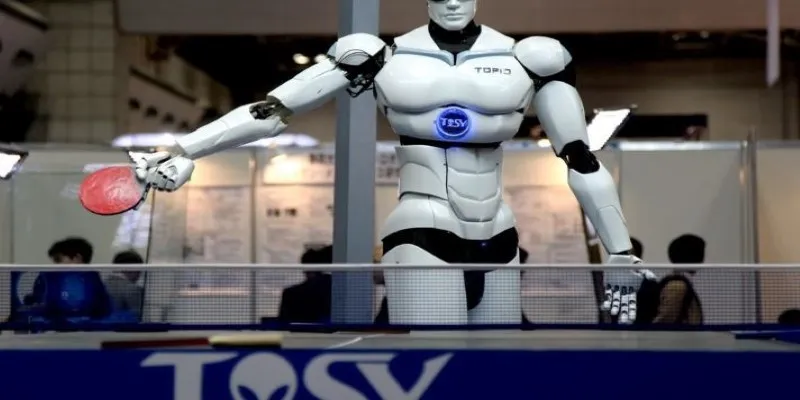At CES 2025, Siemens turned heads by demonstrating how artificial intelligence can transition from the server room directly to where things get made — the shop floor. Rather than focusing on abstract theories, Siemens showcased practical applications of industrial AI integrated directly into machines and workflows. This shift from promise to practice resonated strongly, highlighting a future where AI not only analyzes but actively guides production in real-time.
Moving AI From the Cloud to the Factory Floor
For years, industrial AI was confined to high-level analytics, providing managers with reports or identifying patterns in historical data. Siemens is evolving this narrative by embedding intelligence into tools used on the factory floor. At CES 2025, Siemens presented examples of AI-driven robotics adjusting assembly operations in real time, quality control cameras identifying defects mid-process, and connected devices learning from performance to improve efficiency.

This approach is based on immediate feedback, not massive overnight cloud computations. Siemens displayed how AI can foresee breakdowns, reroute operations around bottlenecks, and adjust production schedules based on material availability. This integration enhances speed and predictability, vital for thriving manufacturing environments.
How Siemens Integrates AI With Legacy and New Systems
A common question was how Siemens’ innovations fit into factories with aging equipment and diverse systems. Siemens addressed this by showing that industrial AI doesn’t require a complete overhaul. They presented case studies where AI software layers onto existing programmable logic controllers, industrial PCs, and sensor networks.
For instance, a welding station with AI-driven controls could detect misalignments and adjust the weld path, even with decades-old machinery. Production planners used AI forecasts to optimize scheduling without replacing ERP systems. This blend of old and new is crucial for factories that can’t afford full-scale replacements but want to benefit from automation and intelligence.
Making AI Understandable and Useful for Workers
Siemens emphasized the role of people, often overshadowed by industrial AI’s complexity. By designing AI tools that are simple and transparent, Siemens makes technology accessible to workers of varying skill levels.

For example, a machine operator could view why a robotic arm was slowing down due to increased vibration, with the AI suggesting preventive maintenance. Managers could interact with scheduling recommendations, understanding the trade-offs clearly. By keeping workers informed and involved, Siemens fosters trust and adoption, with AI acting more like a co-worker than a replacement.
What the CES 2025 Showcase Means for the Future
The CES 2025 presentation was more than a product launch. It marked a shift in how AI is perceived in manufacturing—concrete and practical, directly integrated with machines. By focusing on shop floor applications, Siemens demonstrated that industrial AI has matured to solve real-time problems within existing operations.
Manufacturers seeking competitiveness are likely to embrace this direction. Instead of massive data projects, they can start with targeted AI solutions and expand gradually. The promise is not only increased efficiency but also greater resilience, enabling quicker adaptation to disruptions.
Conclusion
Siemens’ CES 2025 appearance strongly advocated for bringing AI to the shop floor. By demonstrating how AI can help machines adjust and guide workers, Siemens offers a path forward for industrial automation that is both practical and accessible. This approach empowers factories to remain competitive and adaptable without extensive overhauls, making AI integration feasible for operations of all sizes.
For more insights on industrial AI and manufacturing, check out Siemens’ official website and explore how these advancements can benefit your operations.
 zfn9
zfn9



